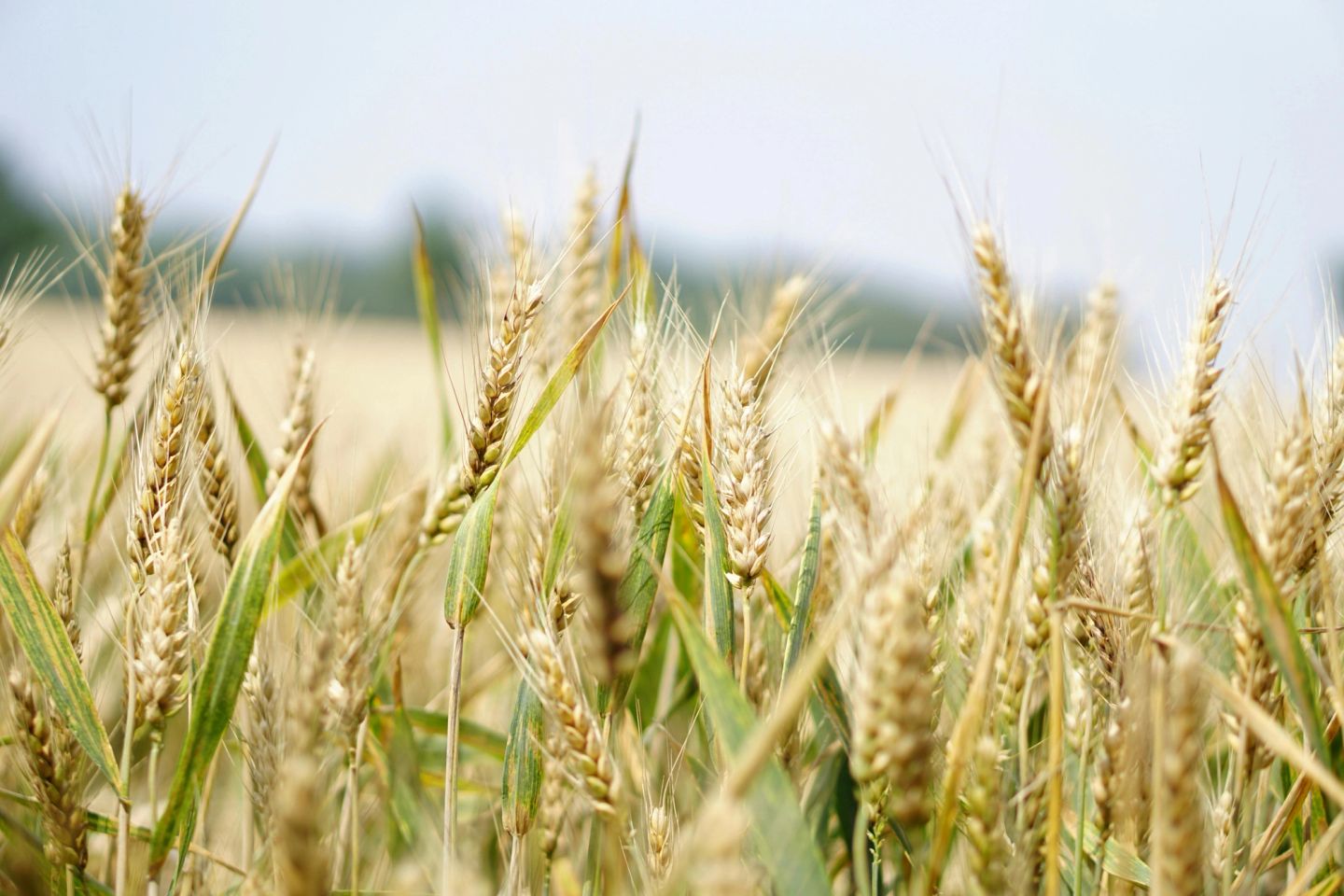WEWORK LABS
How Agritech Startups in India Are Shifting Focus to Farmer Incomes

Explore how Agritech 2.0 startups in India are shifting focus from input digitization to boosting farmer incomes through innovation in supply chains and logistics.
India is still a country for farmers. According to a survey by the government, about 47% of the population are dependent on agriculture. As a sector it continues to be a sector plagued with several issues which include outdated systems, limited access to technology, and unpredictable incomes.
It wasn’t until the mid-2010s, with the rise of smartphones and cheaper internet, that the first wave of agritech startups truly took off. These companies focused largely on digitising input supply chains—selling seeds, fertilisers, and advisory services online. While this helped improve access and transparency, it did little to move the needle on farmer income. Over time, the sector evolved to tackle more complex challenges such as market linkages, credit access, and post-harvest infrastructure, paving the way for a second generation of agritech startups focused on boosting productivity and profitability at the farm level.
Once smartphones and cheap internet became a reality, the first instance of agritech startups began to crop up. The focus of these startups was improving and making digital supply chains in the industry—selling seeds, fertilisers, and advisory services online. These solutions helped improve things marginally but fell short when it came to improve the margins on a farmer's income.
Image credit: Pexels
Here’s a look at what’s happening in the realm of agritech startups in India.
First wave of agritech startups
While the problems were apparent, the solutions weren’t as simplistic. Companies like AgroStar, DeHaat, BigHaat looked at solutions through a digitisation lens—like for instance, taking the offline mandi concept online or improving discovery for farmers through digital agriculture platforms.
And to an extent, it worked. These platforms brought consistency, doorstep delivery, and improved yields through data-led decision-making. DeHaat for instance now serves over 10 million farmers and recently raised Rs 200 crore ($24.1 million) to finance its expansion across more geographies.
The primary problem of solving for the bottleneck of farmer margins remained.
Also Read: The Impact of Women Entrepreneurs in India
India's agri supply chain sees ~$400 billion in annual produce (NABARD, 2023), of which over 85% still flows through informal channels. Middlemen often pocket profits away from farmers, which directly impact's their ability to generate profits.
The second wave of startups are looking to solve this precise issue of improving farmer profits.
The WeWork Labs take: The first wave built digital infrastructure—platforms that made inputs accessible, advice available, and logistics more reliable. But infrastructure alone doesn’t shift power. It doesn’t eliminate inefficiencies in pricing, or give farmers leverage in a system that’s long been stacked against them.
Also Read: India’s deep tech growth
The second wave of agritech startups
The second wave of agritech innovation in India is tackling the post-harvest supply chain. Their thesis is straightforward: unless farmer incomes improve, technology adoption will plateau. Startups like Bijak, WayCool, Farmart, Innoterra, and Arya.ag have built solutions that target issues like storage infrastructure, FPO-led agritech platforms, and crop diversification.
For instance, Bijak—which was set up in 2019—looks at agriculture from the lens of building trust across the entire supply chain. For instance in 2022, it built a de-facto credit rating system which allowed farmers to verify any payments or transactions that were made. On the other hand, WayCool attempted to solve for the farm-to-fork model by bringing produce from farmers directly into the hands of those operating in the restaurants business and raised nearly $160 million in its efforts to do so, but the company has since seen trouble mount amid founder exits and audit-related challenges.
Nonetheless, the whitespace seems to remain for a startup to solve for the remainder of the supply chain—like for instance price fluctuations in produce. With the government now opening up the space for wider opportunities by establishing the Agricultural Infrastructure Fund among others, agritech in India continues to be a space that is still ripe for disruption.
Read our North Star Annual Report for more details here.
The WeWork Labs take:
The second wave has clearly shifted the lens—from sowing to selling, from inputs to incomes. But stitching together a fragmented post-harvest ecosystem is no easy task. Trust, logistics, working capital, price volatility—each demands a different intervention. Some have cracked one part, others are still in the trenches. Yet, the opportunity is wide open. India’s agricultural value chain is too vast, too broken, and too critical to be solved by a single player or playbook. What this wave is proving, though, is that building for the backend of agriculture isn’t just necessary—it might be the only way forward.
The Challenges: Policy, Pricing, and Payouts
Still, the road isn’t without potholes. Agritech startups operate in a sector riddled with policy volatility, from sudden export bans to MSP politics. Building trust with farmers — a demographic scarred by decades of failed interventions — is slow and costly. Plus, India’s agri logistics continue to be fragmented and inefficient.
Supply chain issues still mount. According to a FICCI-PwC report, post-harvest losses in India amount to largely due to inadequate storage and cold chain logistics in agriculture. Many of these second-wave startups are now eyeing unit economics over GMV, long-term value over blitz-scaling. Some are even pivoting to platform-led services for FPOs — managing everything from inputs to market linkages for farmers, acting as outsourced ops teams for farmer collectives.
A problem worth solving for
India’s agritech story is still being written. The first chapter was about access: getting better inputs to farmers and helping them make informed decisions. The second is about agency: empowering them to own more of the value they create. Startups today are moving beyond just digitising inefficiencies. They’re working to redesign the very flow of trust, capital, and control across the agricultural value chain. It’s not easy — not in a sector marked by infrastructural gaps, regulatory uncertainty, and razor-thin margins. But the intent has shifted. So has the approach.
If the first wave was about scale, the next will be about staying power — building models that are not just fundable, but truly farmer-first technology solutions. Because in Indian agriculture, tech can only be as transformational as it is equitable. And that, ultimately, is the bottomline worth solving for.
Related Blogs:

WEWORK LABS
With the Indian startup ecosystem gaining maturity, there are a number of things changing—startups are thinking more global in their ambitions, more companies are taking their companies to the market

WEWORK LABS
The Indian startup ecosystem has witnessed remarkable growth over the past decade, becoming one of the largest and most dynamic in the world.

